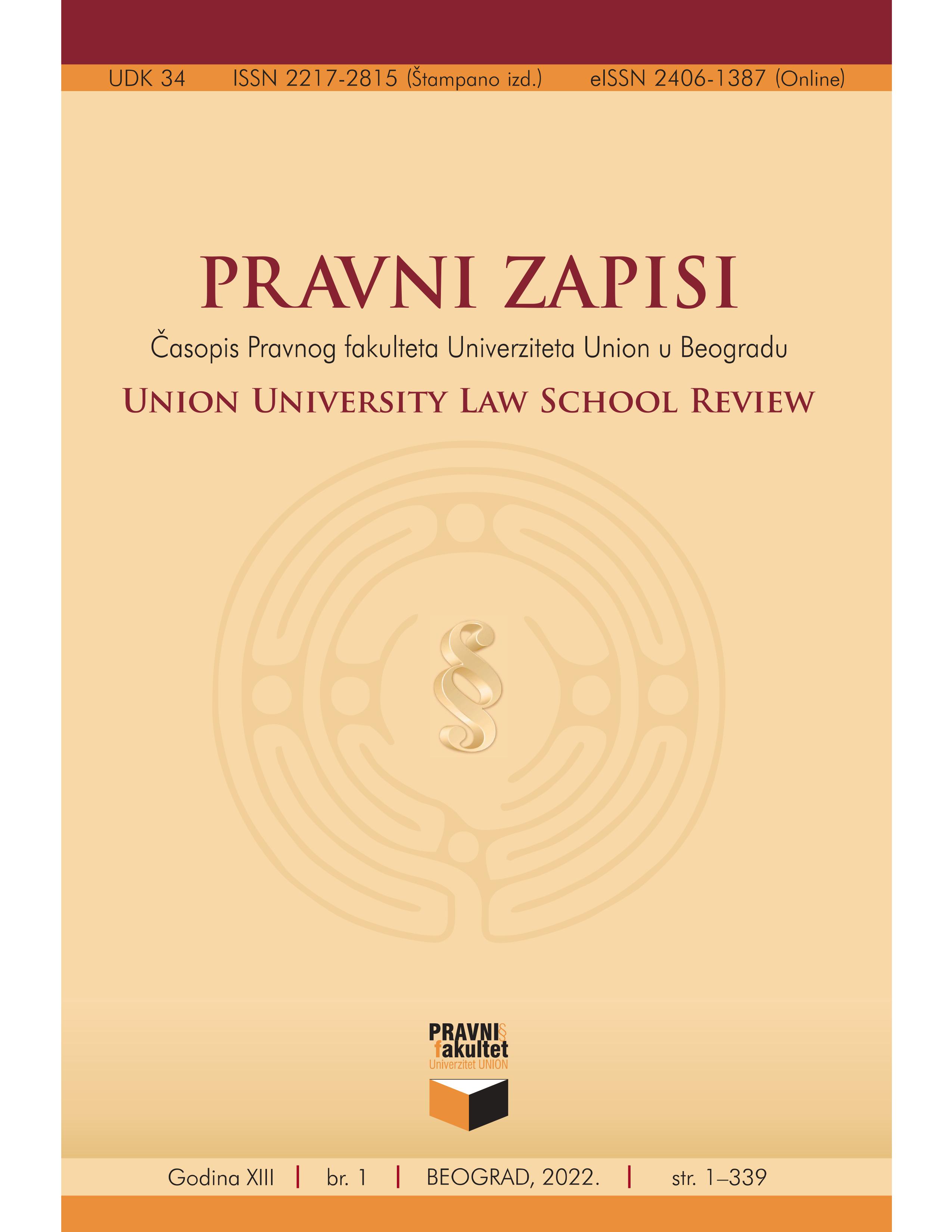Is the Supreme Court shifting its ideological ground, or is it merely a reflection of the complexities inherent in a nation grappling with evolving values and legal interpretations? The recent actions of Justice Sonia Sotomayor, particularly her alignment with conservative justices in several key rulings, have sparked intense debate about the court's direction and the legacy of one of its most prominent liberal voices.
The judicial landscape is constantly in flux, shaped by the interplay of precedent, evolving societal norms, and the individual perspectives of the justices themselves. The Supreme Court, as the ultimate arbiter of American law, is often at the epicenter of these shifts, its decisions impacting the lives of millions and shaping the very fabric of the nation. The recent rulings, where Justice Sotomayor has found herself on the same side as her conservative colleagues, offer a compelling case study in this dynamic. These decisions, on issues ranging from military pay to presidential immunity, have raised questions about the court's ideological balance and the future of legal precedent. These alignments have led many to scrutinize Sotomayor's approach and, in turn, the very essence of judicial decision-making.
Here's a glimpse into the life and career of Justice Sonia Sotomayor:
| Category | Details |
|---|---|
| Full Name | Sonia Maria Sotomayor |
| Born | June 25, 1954, Bronx, New York City, U.S. |
| Education | Princeton University (B.A., 1976), Yale Law School (J.D., 1979) |
| Spouse | Married to Kevin Noonan (divorced) |
| Children | None |
| Career Highlights |
|
| Notable Cases |
|
| Political Affiliation | Democrat |
| Key Legal Philosophy | Emphasizes empathy, real-world impact of law, and understanding the experiences of marginalized communities. Advocates for a broad interpretation of constitutional rights. |
| Awards and Honors |
|
| Books |
|
| Reference | Supreme Court Official Website |
The recent Supreme Court decisions, particularly those where Justice Sotomayor aligned with conservative colleagues, offer a window into the court's evolving dynamics. In one instance, the court ruled 5-4 in favor of a decision that directly impacted military reservists' pay. The specifics of the case, although not explicitly detailed in the initial reports, indicate that the court addressed a matter concerning compensation or benefits for those serving in the military reserves. This alignment, with Sotomayor joining the conservative bloc, highlights the complexities of legal interpretation and the potential for justices to find common ground across ideological divides, particularly when legal principles regarding statutory interpretation are considered. The impact of this ruling reverberates throughout the military community, affecting the financial well-being of reservists and their families.
Furthermore, Justice Sotomayor's stance on the issue of presidential immunity has drawn considerable attention. When discussing the potential for criminal courts to hold former presidents accountable, Sotomayor has expressed concerns, echoing the sentiments of some of her colleagues. These observations occurred within the context of discussions regarding the scope of presidential immunity, particularly concerning actions taken while in office. The Court's eventual decision will set a precedent, defining the boundaries of executive power and accountability for future administrations.
During a public address in Louisville, Kentucky, Justice Sotomayor expressed her concerns regarding the court’s direction. She mentioned that her conservative colleagues were risking the court's legitimacy with decisions that, in her view, unduly favored former President Donald Trump, while also overturning established legal precedents. This commentary underscores the deep divisions within the court and the high stakes associated with each decision. Sotomayor emphasized the potential for deadly consequences resulting from some of the rulings. This statement was made in the context of a ruling that reversed a ban on bump stocks. She also highlighted the importance of protecting the court's integrity and upholding the public's trust.
The court's decision to overturn Roe v. Wade in 2022, effectively ending nationwide protections for abortion rights, remains a significant point of contention. Justice Sotomayor has voiced concerns about the pace at which the court has overturned established precedent. She also believes that the decision has had far-reaching implications for women's reproductive rights across the United States. Her concerns highlight the human impact of the court's legal pronouncements and the significant consequences for individuals and society. She has consistently championed the protection of constitutional rights and argued for a more cautious approach to overturning long-standing legal principles, emphasizing the importance of stability and predictability in the law.
One specific case that showcased the court's divisions involved a challenge to a ruling from the Oklahoma Supreme Court regarding religious charter schools. If the justices were to split evenly, 4-4, the Oklahoma court's decision would stand. This highlights the importance of each justice's vote and the impact of potential vacancies or absences. The outcome would then have significant ramifications for the future of school choice and the intersection of religious freedom and public education.
The implications of these rulings extend far beyond the immediate cases at hand. They have prompted broader discussions about the court's role in American society, the interpretation of the Constitution, and the balance between judicial restraint and judicial activism. The decisions are likely to influence future legal challenges and could potentially reshape existing legal frameworks, impacting various aspects of American life. Gun control advocates criticized the court's ruling that put lives in danger, this ruling highlights the critical importance of judicial decisions to shaping the legal landscape, and the ongoing debates over the role of the court in a rapidly changing society.



